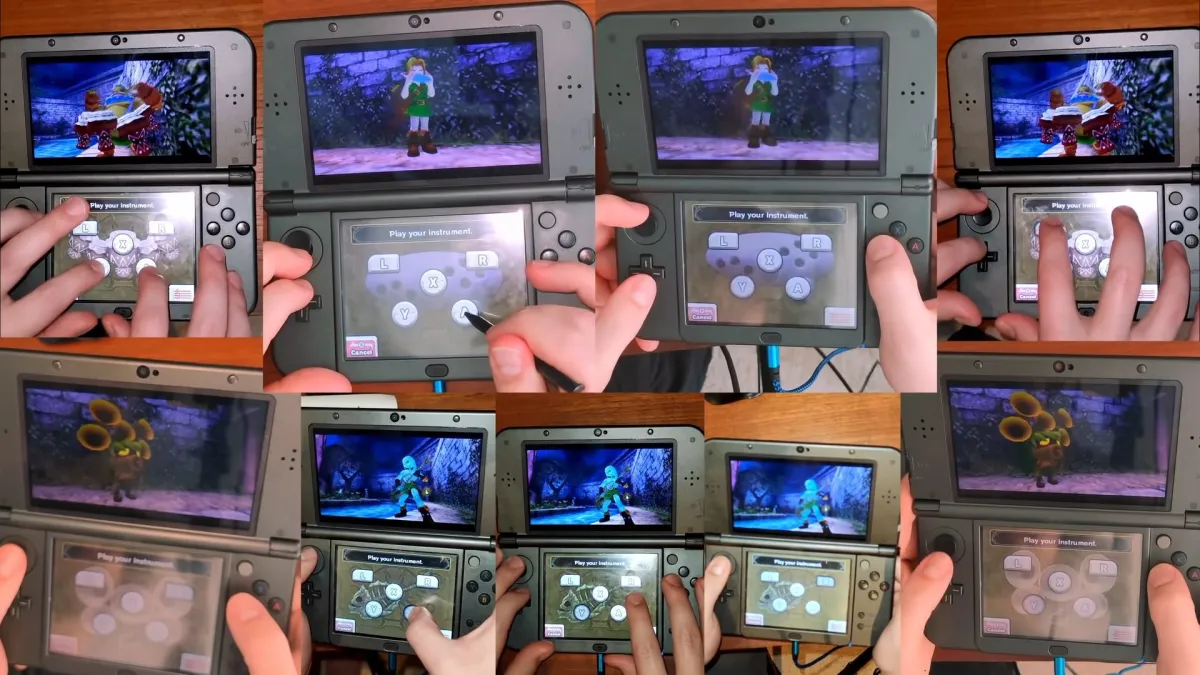Chance, the bastard
A game between the Arizona Cardinals and San Francisco 49ers is on the TV in the background as I laze on the couch Sunday afternoon. Given the two teams playing, I’m obviously not paying attention. Instead, my eyes are glued to my 3DS screen as I start a new board in Culdcept Revolt.
Three hours later the football game is over and I am still there on the couch, trying my damndest to get past that same board on my fourth attempt. I am stuck mostly due to circumstances outside of my control. A combination of poor luck for me but incredible luck for one of my two computer opponents means no matter how well I do, how perfect my roles of the dice are, I am trapped on that same board for hours because one of the other two fuck it up for me.
If that sounds excruciating, then Culdcept Revolt is not for you.

Culdcept Revolt (Nintendo 3DS)
Developer: Omiya Soft
Publisher: NIS America
Released: October 3, 2017 (NA), October 6, 2017 (EU)
MSRP: $39.99
Culdcept Revolt ushers me into its medieval fantasy-Monopoly formula with a few short tutorial boards that teach me everything I need to know about this incredibly niche franchise. I play as the hero, a Cepter with the power to utilize the cards I collect in this otherworldly board game against foes out to wipe me from existence. This is my first outing with the series and any nerves about it being too obtuse quickly subside as I complete the tutorial and start the campaign.
Here’s the gist of how Culdcept works: I challenge opponents in a match to see who can acquire the set amount of magic power and reach a gate first. To do this, I work my way around the board buying up property and assigning creatures to protect it. Each creature has an element type that corresponds to one of the elements on the board (water, fire, earth, air). I can put just about any creature on any space, but matching element types gives that creature a bonus as I create links, or buy up more property of the same type. Spaces I own can be upgraded using magic power, making the toll a costlier expense should an opponent land there. So long as I have a creature card, I can buy nearly any space I land on.
If I land on an opponent’s spot, I either have to pay the toll or fight their creature with one of my own. I can equip them with a weapon and they can protect theirs with a shield or armor. If I win, I get the space. Lose, and I’m out those cards plus I still have to pay the toll. There are also magic cards I can play before I roll that can help me or hurt my opponent/s. Board designs change with every chapter and new elements, such as warp points and magic circles, are introduced making for a diverse set of challenges through the campaign.
When I start the game, I am given my first book of cards. As I progress, I buy more card packs from the store with my winnings and create new books to try out. Each book can have up to 50 cards and I can build it however I want. There is a lot to take in with the plethora of cards available but deck building is exciting and rewarding when I find what I believe is the perfect pairings of cards.
I have five decks built, each I believe will give me the upper hand in certain circumstances like team battles. Of course, a perfectly complementary deck means nothing if I fail to get good rolls of the dice. I remember a specific match where I own a necessary corner of the board – one all players have to pass through to reach a gate – controlling six of the eight spaces in the section. And every time an opponent passes through, they thread the needle and avoid landing on my spaces. Every single time. Do you think I manage to get that kind of luck on my side? Hell no.
The dice in Culcept Revolt are standard six-sided dice, however, the “6” is the Culdcept logo. If I roll two of those I move 12 spaces. If I roll a three and a logo, I only move three spaces. I would say a healthy percentage of my rolls are four spaces or less, which is good for buying up empty property but not when I’m trying to pass through enemy territory. It feels cheap, but the AI almost makes up for this by not going as hard on me as they can. They rarely max out the levels of the spaces they own, meaning I hardly pay the maximum toll.
The further I go in the game, I more I realize how playing this like a standard game of Monopoly isn’t the way to victory. I have many tools at my disposal and I slowly learn the ways I can obliterate the other players. If I claim a space next to that of an opponent, I can use my creature to attack theirs and take it as my own. Certain creatures have abilities that allow me to attack enemy spaces on the other side of the board. So much strategy goes into deck building that it can almost overcome a shitty round with terrible rolls, but not always.
Each match is sandwiched between cut scenes of a forgettable story. Count Kraniss of the city is trying to kill all the Cepters and my main character has amnesia and is trying to find out who he is. The writing here can get annoying as people ask with the frequency of a child on a road trip “Did you get your memories back yet? Did you get your memories back yet? Didugeturmemriesbakyet?” in every chapter. I’m on what I believe is the final set of boards in the campaign and I neither care nor remember if my hero got his memories back.
Outside of the story, I can play single matches against my opponents from the campaign with several settings at my disposal to modify the match to my liking. There is also local and online multiplayer. I am not able to try out the local play but online works well when I can actually connect to two other people. It takes me a few hours to do so, but thankfully there are no drops and we’re able to play to the end. The match is punchier than the those in the campaign as we all act faster than the AI. Hopefully, in the coming weeks, it’ll be a lot easier to connect with others and if it isn’t, I can always scrimmage against the various characters I defeat in the story.
The concept is simultaneously inventive and archaic, doling out moments of pure delight and agonizing frustration in equal doses. Culdcept Revolt is such a niche title – perhaps the most niche game in my gaming history – I can’t tell you if you’ll like it. What I can tell you is as someone who is a bit of a masochist for these types of experiences, I enjoy it very much.
[This review is based on a retail build of the game provided by the publisher.]






Published: Oct 4, 2017 11:00 am